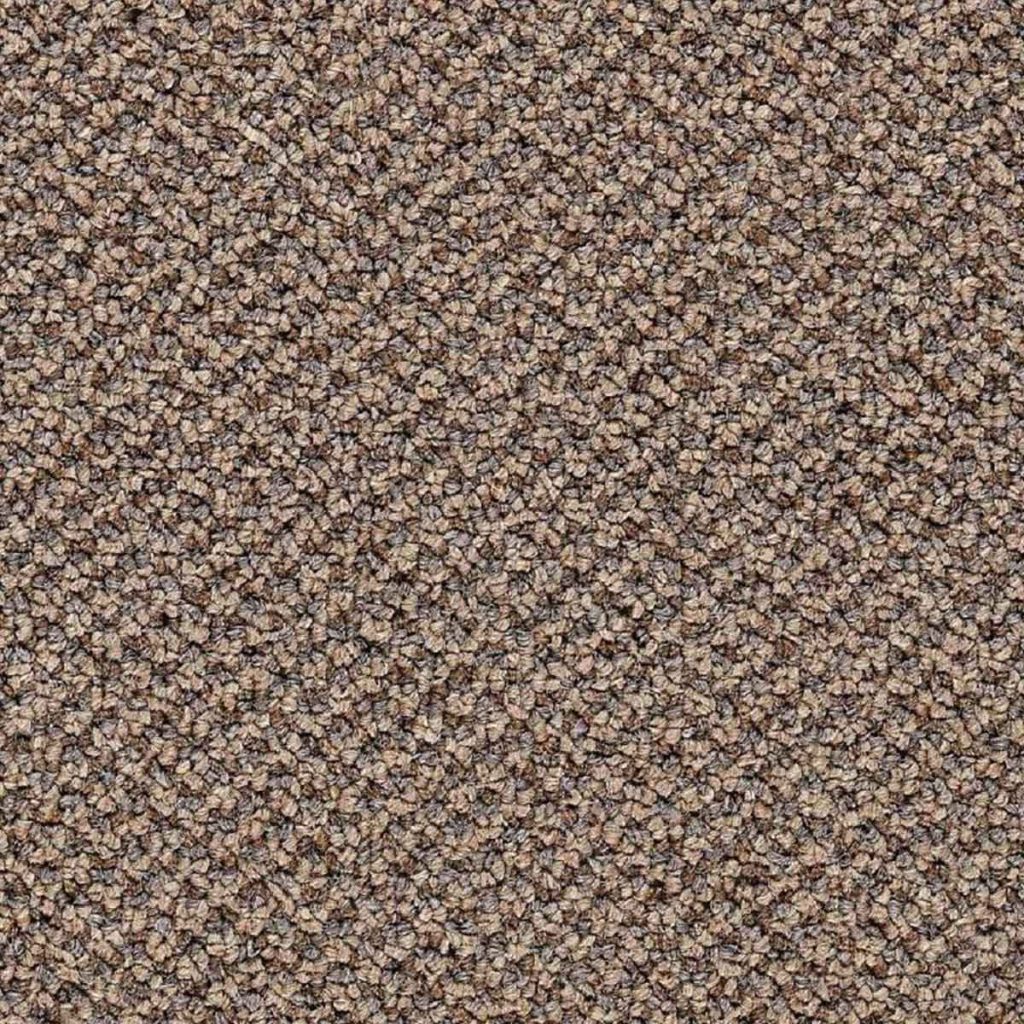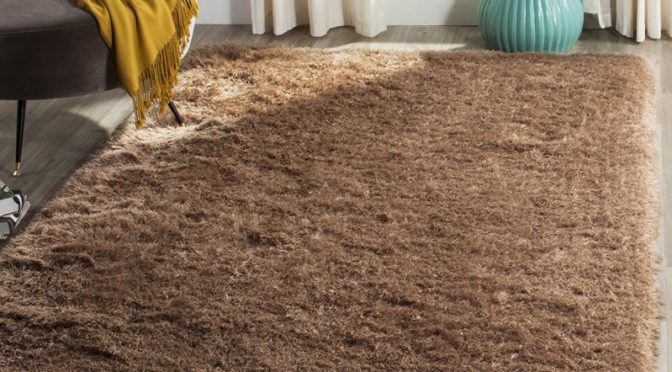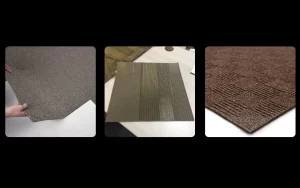When choosing the type of carpet you want to put in your home, there are many things to consider. The biggest thing to consider is of course the colour and style of the carpet, but you should also consider the materials it’s made from and how much foot traffic it will receive. Those last two are factors that will influence how long your carpet lasts, and therefore how much money, time, and effort it might require when considering how soon you’d have to replace the carpet. That’s why we’re making this blog, to help you in what might otherwise be a confusing and daunting task.

Types of carpet material
Carpets are made using thousands of fibers attached to a firm backing with industrial machinery. These fibers can be stitched as closed loops, or with the loops cut to create a cut-pile carpet, which is usually plusher and more indulgent. “Low-pile” loop carpets are smooth, firm, and flat, while “high-pile” cuts are taller, looser, and fluffier.
Words like pile and loop describe the shape and density of the fibers but have no reference to what those fibers are made of, which is an important factor that determines how you will care for your carpet and how long it will last. There are 4 basic fibers to choose from
Fibers
-Nylon Fibers
-Olefin Fibers
-Polyester Fibers
-Wool Fibers
Let’s take a closer look at the pros and cons of each of these fibers

Nylon
When properly treated, nylon is an exceptionally well-rounded fiber that delivers the best of all worlds: durability, stain resistance, and of course, an almost infinite range of patterns, colours, and styles. Not only does nylon keep its shape, but it also shields against spills, pet stains, and kids’ messes.

Olefin
Olefin is another name for polypropylene, which is used to construct both indoor and outdoor carpeting. As a synthetic or man-made material, olefin was designed to deliver homeowners sought-after qualities like stain resistance and moisture resistance. The main drawback of olefin is that it is a less durable option for high traffic areas of your house.

Polyester
The technical term for polyester is polyethylene terephthalate or PET. Like olefin, polyester is a man-made substance that, while reasonably durable, is less robust than wool or nylon when subject to years of heavy wear.
Designed to balance cost-efficiency with performance, polyester delivers the luxury look and feel — but without the luxury price tag. We generally recommend polyester carpeting for medium levels of foot traffic.

Wool
Wool is a strong candidate for any of your high traffic carpeting needs, such as carpeting for your stairs or living room. A traditional favorite that’s been in use for thousands of years, wool is a timeless and tested standby that never seems to lose its enduring appeal. It’s also perfect for keeping your feet cozy during those chilly winter months!
The best fibers for High Traffic Areas
To reiterate, most of the carpet types that are being manufactured today can stand up to years of heavy foot traffic, so try not to feel too stressed while you’re shopping! Thanks to developments in research and production, which have led to technological innovations like waterproofing, stain-proofing, and non-slip surfacing, even the most economically priced carpets offer a solid baseline for comfort and quality.
That being said, several styles and fibers have distinguished themselves as perennial favorites for high traffic areas. Some examples include:
- Low-pile carpets, which can be made from all types of fibers
- Nylon fibers
- Wool fibers
We hope that this post can help you make your decision, and leave with a floor that you can enjoy for years to come!







